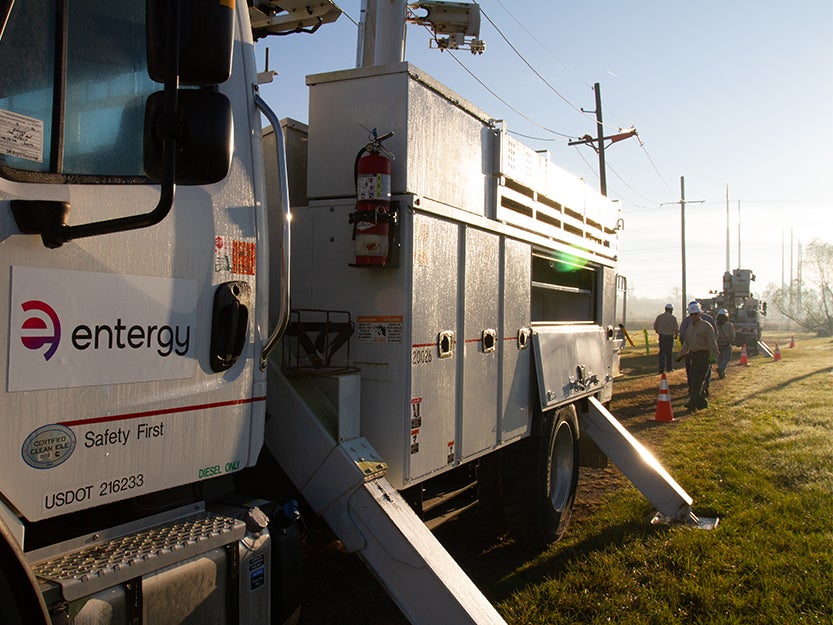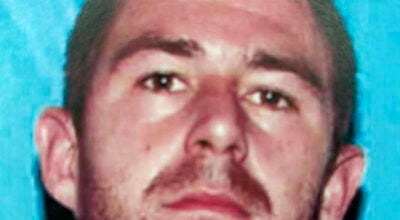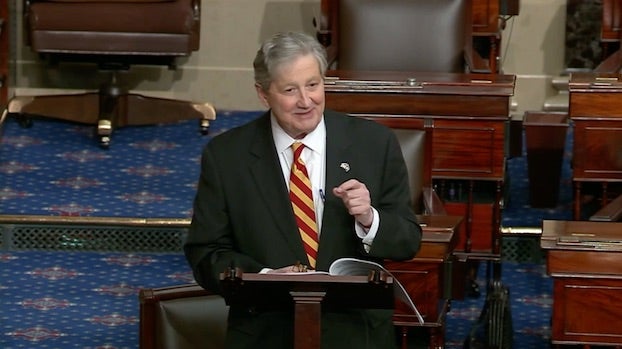After 14 years, homeless vet gets grave marker
Published 3:05 pm Sunday, June 23, 2013
For 14 years, veteran Joseph Olczak’s remains lay in an unmarked grave.
But thanks to the work of several people, Olczak’s plot at Consolata Cemetery finally has a military headstone.
Olczak, a homeless World War II veteran, was 85 when he died under the Kayouchee Coulee bridge near Pine Shadows Golf Course in 1999.
Olczak’s simple life touched several people. After David Grove met Olczak during the 1997 ice storm, he began bringing the elderly man meals twice a day.
Olczak’s friends said he had lived under the bridge for about 10 years. When Olczak was 34, he lost a wife and child during childbirth and never remarried, they said.
After World War II, he worked as a wrestler, a coal miner in Pennsylvania, a shrimper and fisherman, on the railroad and in a movie theater, they said. He reportedly spoke 11 languages.
Olczak’s friends offered him clothes and money, even a place to live, but Olczak wanted to remain under the bridge. When he died, several people pitched in to give him a burial ceremony, said Zeb Johnson of Johnson Funeral Home.
But no family showed up, said John Mouton, who had come to know of Olczak through Grove.
At the time of his death several people worked to find his family and get him a military marker, but were stonewalled because they lacked information about him, such as his military discharge papers.
“Everything we tried was a dead end,” Johnson said. “Finally we decided to bury him at Consolata — everybody pitched in and helped.”
But the unmarked veteran’s grave weighed on Mouton.
“It stayed on my mind and stayed on my mind,” he said. “I was ashamed for this man to be in an unmarked pauper’s grave and nobody knows he’s a veteran. Everyone should have a marker — especially a veteran should have a marker.”
This year, he decided to go see about buying a headstone himself. He visited with Belinda Lavergne at Consolata about purchasing a headstone, but the cost was high. Plus, Lavergne reminded him, the military should have provided one.
She sent him to Kaffy Fontenot at Johnson Funeral Home. “Belinda said, ‘She can work miracles,’ ” Mouton said.
Fontenot began corresponding with the Veterans Affairs Records Management Center in St. Louis and was able to get the correct records, Johnson said.
“She said, ‘Mr. Mouton, I think we got it,’ ” Mouton said. “I said, ‘How in the world did you find it?’ ”
“I remember her bringing it to me. She was excited she was able to find the discharge papers,” Johnson said.
Two things have made military records easier to find since 1999, Johnson said — technology and the consolidation of records by the government.
The military also provided a service flag, which Mouton signed for and said he will present to Grove “because without him, I couldn’t have anything.”
Mouton got the ball rolling, but it’s the other people involved who he wants to make sure get their credit.
“I never would have done nothing without (them),” Mouton said. “That man still wouldn’t have a marker.”
“The main thing is the guy was buried with dignity and with honors, and in the end we got him a marker,” Johnson said. “For all the friends that helped, we were able to say we buried you with dignity and now we’ve honored you with a marker.”
For 14 years
veteran Joseph Olczak’s remains lay in an unmarked grave. But thanks to the work of several people




